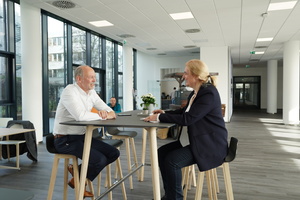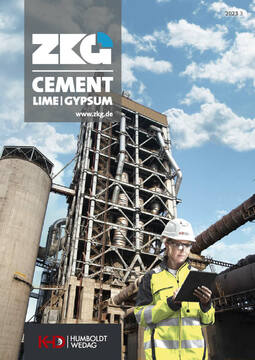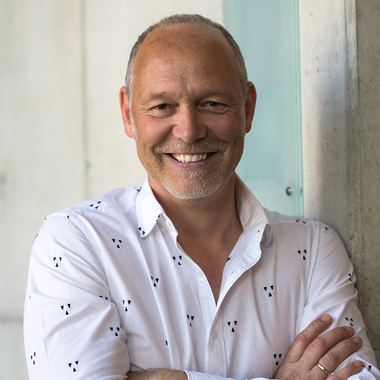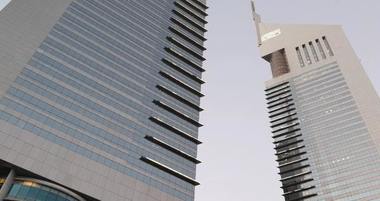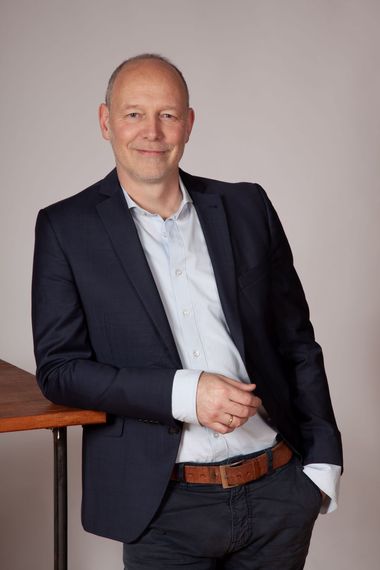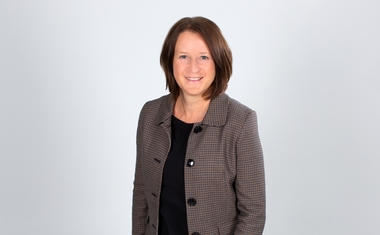Huge challenges and everybody is involved
As part of the Cover Story in this issue, Matthias Mersmann, Chief Technology Officer at KHD, answered some very topical questions about technological developments in the cement industry in an interview with the Editor-in-Chief of ZKG Cement Lime Gypsum Dr. Petra Strunk.
What are the current challenges of the cement industry?
Good question, I think we all know the hot topics of our industry. These days it is the question of decarbonization, the main topic also in a lot of other sectors. It is a huge challenge, and everybody is involved!
What solution works for which client is depending on a lot of factors: what kind of raw materials are used and what technology is currently installed, just to name two of the most important ones. We work intensively in our R&D department to develop new technologies which will help with decarbonization in the next decades. Already today, we provide various solutions that significantly reduce CO2 emissions by using one of the following levers: replacing fossil fuels with alternative fuels, producing cement with significantly reduced clinker ratio through the use of calcined clay, and a variety of other solutions that increase the thermal and electrical efficiency of existing cement plants. These are all effective methods to reduce the carbon footprint of cement production already today.
Correct. Thanks to increased efficiency and other improvements, the production costs are also reduced. This is very elegant. If you know that your production costs are directly related to your energy costs, be it electrical or fuel energy, then you can kill two birds with one stone. For example, when you opt for energy-efficient roller presses or technologies that substitute 80+ per cent of fuel energy to be used in the form of alternative or biogenic fuels, you will reduce your costs and your carbon footprint at the same time!
We are very busy these days and we see this as a reflection of the development in the market. Clients are actively asking for modern technologies and upgrades. We are very much involved in projects that increase alternative fuel usage. Our Pyrorotor® is much asked for because it allows to substitute nearly 100% of fossil fuels with alternative ones. Then there is also a strong demand for KHD roller presses and grinding technology that allows much lower energy consumption. Our grinding plants also enable the admixture of slag, fly ash and other Supplementary Cementing Materials (SCMs), which is another strong lever. And calcined clay plants are obviously also a hot topic. All these projects underline, how much solutions KHD can already provide today to significantly reduce CO2 emissions.
The years 2033 and onwards will define an era which will be very different to today’s industry in many respects. If we look at the roadmaps which have been published by cement producers, energy agencies and others, we find a sharp distinction between before and after the year 2030. Before 2030, we will mostly continue to utilize technology, that is already available today. After 2030, we must involve technologies that are able to completely decarbonize the entire production of cement. That means the “big step” is still ahead of us.

